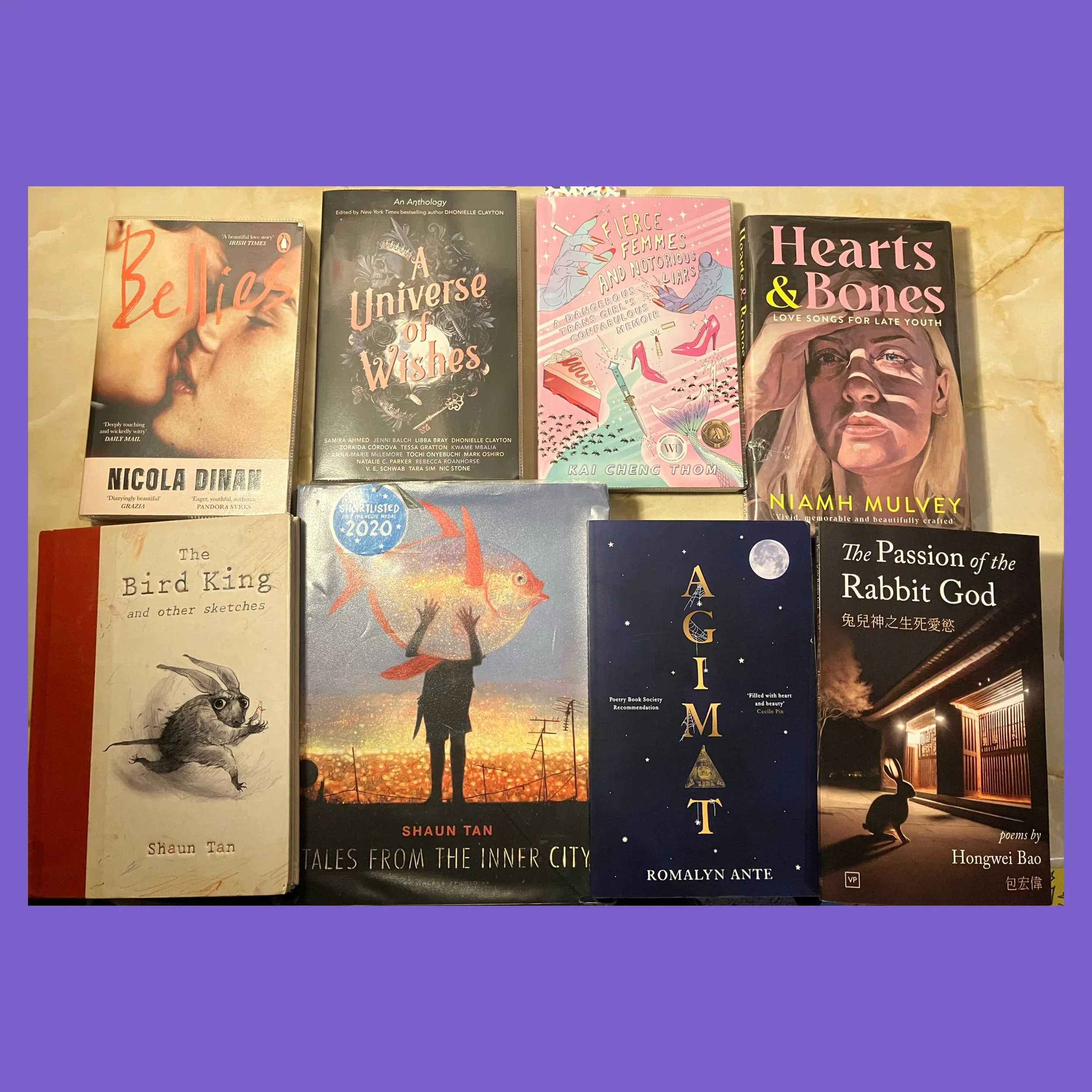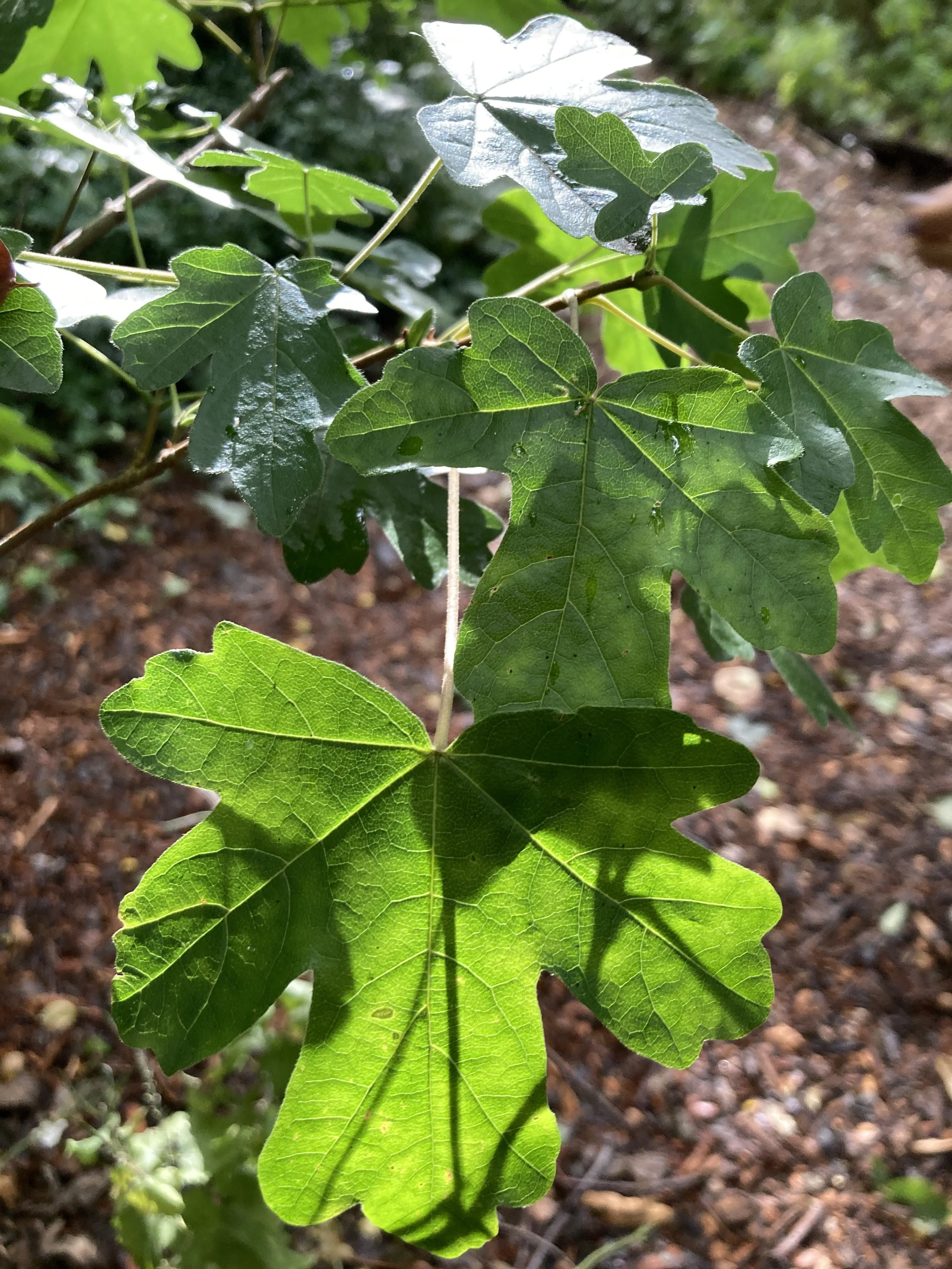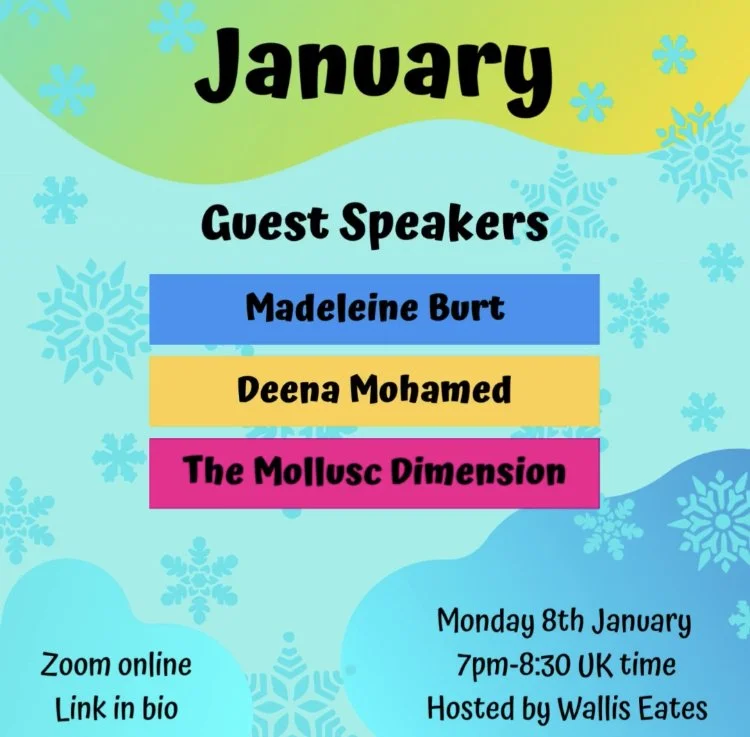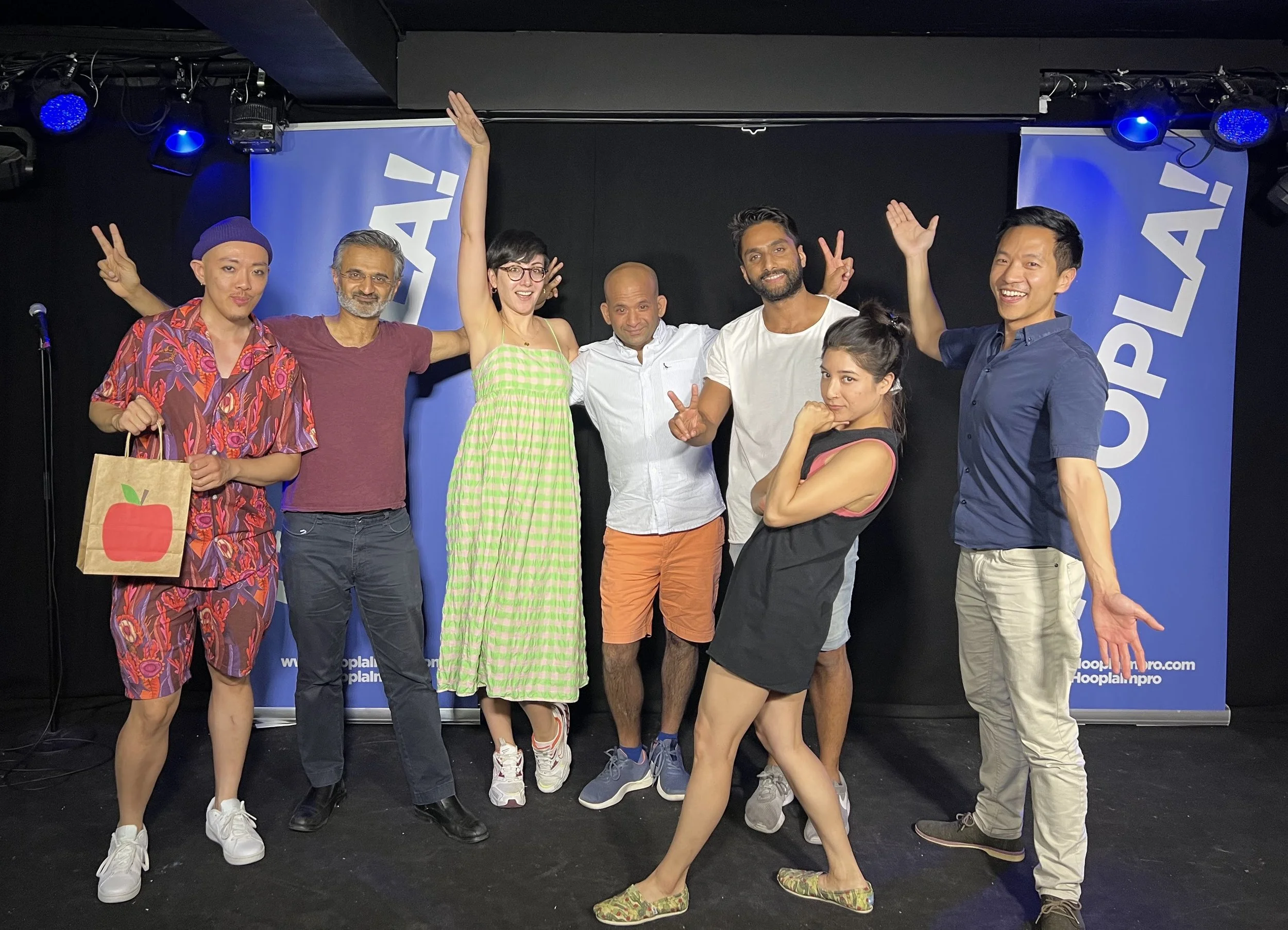Exploring creativity and wellbeing can be very helpful for mental health. Here are some activity spaces (many online) which I either attend myself (having become a loyal fan!) or were recommended to me.
Read MoreStunned and utterly delighted to announce…
Read MoreAI Licensing Consultation - Why creatives and lovers of creativity and all those who work with creatives might want to fill it in, advice on how to do so and tips for making the process easier.
Read MoreFollowing a hiatus of a decade or so where I found it quite hard to focus on books, I have been reading a lot of works by ESEA (East and Southeast Asian) authors this year, in an effort to “catch up”. Here are some notes about books I’ve read by ESEA authors (alongside 1 exception).
Read MoreIn 2016, I composed a piano piece (which can be watched above) exploring the experiences of WW1 Chinese Labour Corps (CLC). It was part of Project New Earth in which four diverse artist projects used music, film, dance, song, drama, animation to educate and inspire about the CLC, commissioned by Chinese Art Space (CAS).* With Remembrance Day coming up, I collected together some information about the project including audio links and some unseen photos of the creative process and performance!
Read MoreFind out where to buy The Weird & Wonderful Surviveries of Squid Horse - the new comic memoir by The Mollusc Dimension. “Honest, poignant, absurd", "tender" "hilarious and shocking" comic memoir about growing up in the 80s and 90s, mental health and grief from the POV of a British-born Chinese queer, trans artist. #CosyTrauma. “An essential read.” “Does what memoirs do at their very best.”
Read MoreA poem I wrote called "I fall asleep and see a dragon in the mirror", responding to a poem by Jinhao Xie, followed by some context and reflections on my inviting my mother to join my creative drop-by session for "Community Care Retreat" for ESEA Heritage Month.
Read MoreI'm pleased to announce the shops where you can buy my debut comic book, “The Weird & Wonderful Surviveries of Squid Horse” and the ticket links for the in-person and online book launches where I'll be interviewed by Rona Luo, Zoe Li (Juniper by the Sea Bookshop) and Can (RU Informed ESEA Bookclub).
Read MoreBritish-Chinese artist, The Mollusc Dimension writes about his experience of attending his first writing workshop for trans ESEA (East and Southeast Asian) people
Read MoreBritish-Chinese artist, The Mollusc Dimension reveals some of the thinking and hidden symbolism behind the cover design for his forthcoming autobiographical comic, "The Weird & Wonderful Surviveries of Squid Horse".
Read More25 alternative words to use INSTEAD of dark/black when describing negative aspects in art, book, films, tv shows and music. Across different genres, writers often use the word “dark” or “black” to describe something that actually has some kind of negative or unpleasant connotations. For example, one is familiar with the phrase “dark humour” or “black comedy”.I’ve seen this usages in film and art reviews and in fiction, including novels, comics, children's fiction and poetry.
Read MoreI ran a relaxing and explorative workshop combining warm-up, writing, drawing and sharing.
Read MoreHere are some handy (or shall i say.. tentacly???) links for work I referenced in my talk for LD Comics!
Read MoreHere are some handy (or shall i say.. tentacly???) links for work I referenced in my talk for LD Comics!
Read MoreExcited to be talking about comics, zines, artist collective, journey and process for LD Comics!
Read MoreFrom the Dementors in “Harry Potter” (2009 onwards) to Gloreth’s Beast in “Nimona”(2023) to the black hands in “Bee and Puppycat” (Netflix version), I noticed the disproportionate use of black and darker-skinned characters /forms in animations to represent monsters/baddies/ villains.
The monster/baddie contrasts with the hero/goodie/s who is by contrast white/ light and/or lighter skinned (as in these examples).
I’m asking white/light-skinned/ non-Black artists (writers, filmmakers, animators) to broaden their “baddie colour palettes”.



















